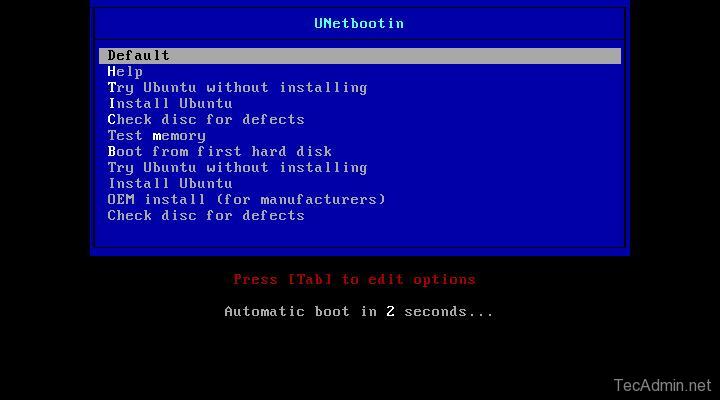Mar 13, 2016. Because of this, I created a rEFIt fork called rEFInd, which is under active development and that works better with both Linux (including Ubuntu) and recent. BIOS/CSM/legacy mode -- Much older documentation describes installing Ubuntu on a Mac using the Compatibility Support Module (CSM), aka. Grab your desired Linux image, then download Etcher and install it. Insert your USB stick, then launch Etcher. Click Select image and find the Linux image you downloaded — Etcher supports.IMG,.ISO and.ZIP among others. Ensure the correct USB device is selected — hit Change to see a list of connected devices.


Advertisement Do you know how customizable really is? Well you should if you’ve even heard of Linux or dabbled in it a bit.
If not, try taking a look at currently available. All of them try to cater to your exact needs and tastes, so a reasonable mind would think that there’d have to be a distribution out there with which you’ll find the perfect companion. However, maybe you don’t want to take the time to look through and test every single distribution, especially if there are well over 1,000 of them out there. Maybe you don’t want to take your chances on whether a distribution is a match made in heaven, but instead you want a guarantee. What better way to know you have the perfect match in your hands than to make the operating system yourself? Download Logo Maker For Android.
Why Should I? Why and how can you make your own Linux operating system? It’s quite simple (well, relatively speaking anyway) as a project exists to help people get started with something like this. The project was created specifically to get people going on making their own Linux operating system to meet their own needs, whether it’s for special hardware accommodations, maximizing performance, staying on the bleeding edge, or learning the internals of Linux. Don’t think that Linux From Scratch is another distribution which simply starts with bare-bones. LFS is actually just a collection of documentation, so everything you do literally comes from each project’s source code. In other words, with the help of LFS documentation, you can download the Linux kernel’s source code directly from their site and work your way from there until you’ve eventually built a complete operating system — or at least as much of an operating system as you need.
Use Linux to Make Linux When creating your own Linux operating system, you’ll need to understand that you’ll have to use a Linux distribution to create another one. This is because, as you’re creating everything directly from source code, you’ll need common tools provided with most Linux distributions in order to compile and install your LFS system. You don’t have to have the temporary distribution installed; you can just run one off a LiveCD like if you wish.
Getting Started / Partitioning Before you even start, it’s mandatory that you go over to this page and open up the on getting an LFS system started. The documentation will contain links and detailed information on how to accomplish the required steps, which is something this article won’t cover in full. The first real step after opening up the documentation is to create a new partition where you’ll install your new LFS operating system. You shouldn’t have to do anything different from what you ordinarily do, whether it be a single ext4 partition to hold everything, separate root and home partitions, or whatever else you might do. You’re welcome to create these partitions using your favorite partitioning tool, such as.